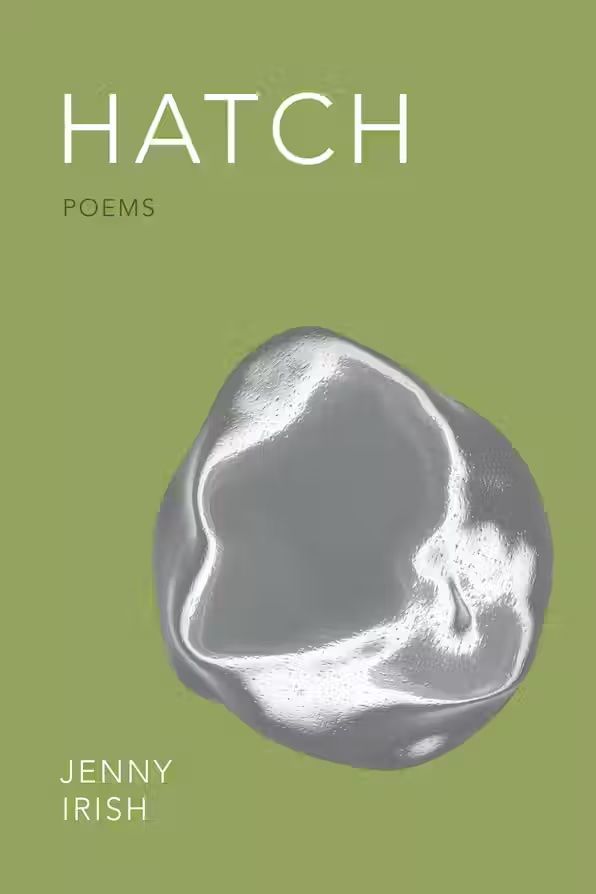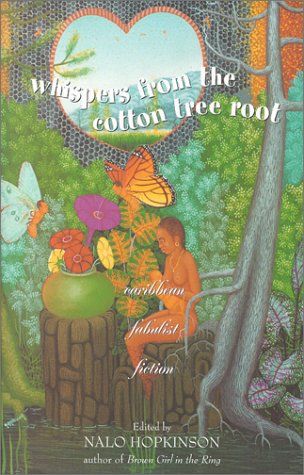In a world of devastation, it’s necessary to seek the magic in the mundane. Speculative fiction, and everything beneath its wide umbrella, allows us as readers to find magic in various ways. Whether escaping into another world entirely (epic fantasy, sword & sorcery, space opera, etc.) or to something more familiar (urban fantasy), I am a fervent believer that there is a genre of speculative fiction for everyone. I’ve explored many genres and subgenres in the past, navigating blurred lines and intricacies, from slipstream to subgenres of science fiction. Of all of these beautiful genres, one of my favorites is the fabulism subgenre.
What Is Fabulism?
An excellent question, my dears, and one that may have a different answer depending on who you ask and what you like to read. If you look up the definition of fabulist in a dictionary — we’ll use Merriam-Webster for this — its most boiled-down description is “a creator or writer of fables.” Fables are stories with fantastical elements that convey a moral or teach a lesson. Believe it or not, the first use of the word “fabulism” or “fabulist” can be traced back to 1593.
So it’s by no means a new term, but the fabulist literature we read today is quite different from the fables of the past centuries. It’s even been argued that fabulism, as we know it today, is one of the “newer” speculative genres, though I’d take this with a grain of salt.
The most common definition I’ve found for fabulism in contemporary literature is this: writing in which fantastical elements are entwined with the everyday. Kathryn Harlan expands on this definition more eloquently in her 2022 Publishers Weekly article “10 Essential Works of Fabulist Fiction:”
“What defines fabulism in my mind, though, is the use of fantastical elements to explore personal, human themes. Fabulist fiction tends to privilege internal and interpersonal conflict over large-scale, action-heavy plots; its elements of unreality follow a kind of magical thinking. When something strange occurs, the story is less interested in why it’s happening — its origin or mechanism — than in what it means, in a symbolic or emotional logic.”
Kathryn Harlan in Publishers Weekly
Fabulism: Resisting the Why
An interesting factor of fabulism — similar to slipstream — is that it’s a genre that resists a concrete, longstanding definition. Indeed, the genre itself fights against being placed in a neatly wrapped box. When fabulism is at play in a work, it often resists the why. Fabulism does not explain the magic system or fantastical elements. It doesn’t go into why a character suddenly sprouts branches as limbs, or why a character is back from the dead. It — the fantastical, the magical, the weird — just is.
Therefore, many writers labeled as “fabulists” often create work that is indefinable, even paradoxical. Many fabulists create work that is either deemed too literary to be genre, or too genre to be literary. These writers sit on the fence, the in-between, constantly reinventing themselves, and by proxy, reinventing the genre. Honestly, that’s why I love fabulists so damn much.
|
|
Several authors come to mind when thinking of the above definitions and explorations, though it’s possible these authors may not describe their own work as such. Kelly Link has been called the high priestess of fabulism. Another titan of the genre, for me at least, is Helen Oyeyemi, and her March 2024 novel, Parasol Against the Axe, sounds like it hits fabulism on the nail. Don’t worry, I’ll include an expanded list of recommendations below.
It’s also important to note that fabulism is found in more than just fiction. Poets can fabulists. Many visual artists are considered fabulist or even neo fabulist. It’s a genre that can be expressed across all art mediums.
Fabulism vs. Magical Realism: Similar Yet Separate
One of the genres that is often rolled together with fabulism is magical realism. They both use fantastical elements, especially in everyday life. They both also utilize these fantastical elements without explaining why; weird, fantastical, and magical things happen in the world, and you, as a reader, are meant to accept it and roll with it. The lines are certainly blurred between the two, but one way to distinguish between them is to look at the origins.
As I noted in my fantasy subgenre primer, magical realism originated and belongs to Latine authors, and we owe them that distinction and respect. Authors in Latin America used magical realism in literature and art to reflect and portray the political turmoil that occurred around and between the 1940s to 1970s, especially regarding colonialism and oppression. It is still used today by Latine authors to extrapolate similar issues. As such, magical realism is a genre of resistance, political commentary, and activism. So keep that in mind as you read and differentiate between the two.
5 Examples of Fabulism
Let’s get into some examples of fabulism. You may have heard of some of these titles, or you might be surprised they’re included on this list. The books below are going off the definitions I’ve explored above: the fantastical in the everyday. As I always like to note, this list is not the end-all-be-all of fabulism examples. The list is actually quite huge, ever-expanding, and ever-changing.

The Book of Love by Kelly LinkOne cannot discuss fabulism without discussing the incomparable Kelly Link. Link is one of my favorite writers of all time. Her collection Get in Trouble, continues to be foundational for me as a reader and writer. The Book of Love, Link’s debut novel, is another testament to her talent and breadth of imagination. It follows three friends who find themselves back in a high school classroom after being missing, and possibly quite dead, for a year. |

White is for Witching by Helen OyeyemiThere are so many brilliant Oyeyemi works to choose from, but this one is probably my favorite. Oyeyemi is another queen of fabulism, threading together the fantastical with the every day in a way that also mirrors societal issues. White is For Witching is about a house in Dover, England, and the four generations of Silver women that have lived within it. When Miranda’s mother, Lily, passes away while abroad, Miranda’s grief and connection to the house begin to manifest in mysterious ailments. This is such a powerful book about about family legacies, race, and nationality. |

Hatch: Poems by Jenny IrishAs I said, fabulism can be found across all art forms, and this beautiful collection of poems (which could also be read as flash fiction, in my opinion), is a perfect example. The book centers on an artificial womb and an apocalyptic future, reflecting on our present, where our right to bodily autonomy is dissolving before our very eyes. The first poem, “The USS Narwhal,” will grab you by the throat with its language and never let you go. |

Whispers from the Cotton Tree Root: Caribbean Fabulist Fiction edited by Nalo HopkinsonI’ve spoken of my love for anthologies in the past, and this particular anthology is perfect for those who want to explore the wide spectrum of talent in Caribbean fabulism. Award-winning author Nalo Hopkinson takes the helm of this anthology, showcasing popular contemporary authors, such as Jamaica Kincaid, as well as newcomers. As fabulism can have hints of many genres, this book reflects that as well, with stories of ghosts, myths, and science fiction. Many stories center the colonial and oppressive past of Caribbean nations. Add this to your TBR to build a strong fabulist foundation in your reading. |

Klara and the Sun by Kazuo IshiguroIn a tale that resembles Ishiguro’s classic work, Never Let Me Go, Klara and the Sun is set in a recognizable yet future where Artificial Friends (AFs) exist, and isn’t that prescient during a time when AI seems to be taking over the headlines? Klara is chosen to be a companion for Josie, who suffers a prolonged illness. As Klara is powered by the sun, she believes that the sun might cure Josie, and begins to try to persuade the sun to cure her. Powerful, heartfelt, and relevant, this is another book of fabulism that constantly reinvents itself. |
Resist the Why: Continue Exploring
Fabulism is a genre of discovery. It puts a lot of faith and trust in its readers, and I find that so refreshing and wondrous — you’re meant to roll with the punches, be it emotional or the fantastic. You’re meant to resist why things are happening. You’re meant to enjoy the magic in the everyday and believe in it. If you’re able to do that as a reader, then you’ll be able to truly enjoy all the spectacular facets of this genre. Your TBR will thank you.











